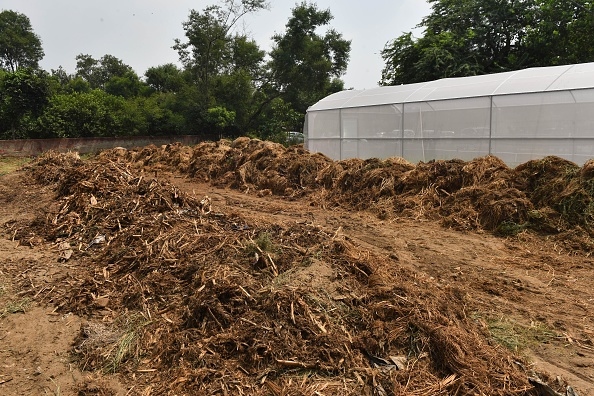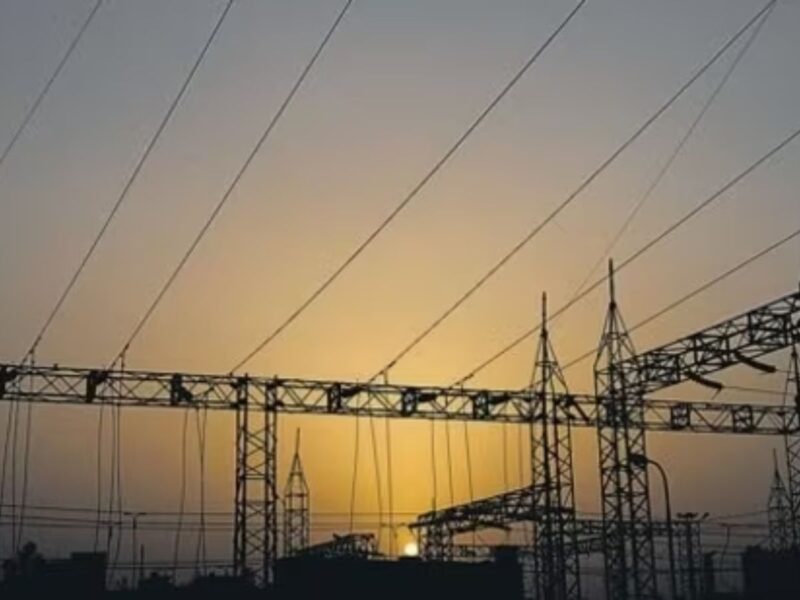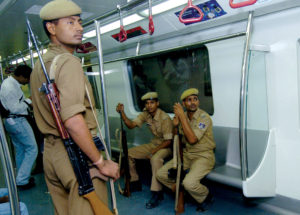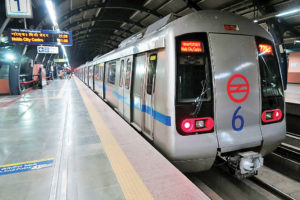In a bid to combat the annual cover of smog during the winter months, Delhi Government’s agriculture department is looking to increase the use of bio-decomposer. The Patriot takes a look at how it works
As winter approaches, the menace of crop burning – one of the biggest contributors to air pollution in Delhi — is around the corner. To fight this, the Agriculture department under the Delhi government has started preparing Pusa bio-decomposer, which is a solution developed by the scientists at the Indian Agricultural Research Institute (IARI) that provides an alternative to farmers as an easy way of clearing their land for cultivation instead of burning crop residue. The preparation process began on September 24 and should be ready by October 5.
Patriot visited the site at Kharkhari Nahar, to see how the bio-decomposer works. In a spacious plot in Najafgarh, the Agriculture department is growing various types of fruits and vegetables, seeing what best yields they can get in that particular soil. And now, some 50-60 labourers are working daily to prepare a solution of Pusa bio-decomposer under supervision of agriculture officers.
Dinesh Kumar, Extension officer under Delhi government’s Agriculture department explained the process, which uses natural ingredients to fight pollution and also gives farmers a way to improve the composition of their soil. “The ingredients required for this solution are — 5 litre water, 150-gram Jaggery, 50-gram Besan. First, we boil Jaggery to clean all the dirt. When it comes to normal temperature, we put 50-gram besan and mix it. After that we put four capsules that PUSA has provided us and mix them. Then we cover it with a cloth, to let the fungus grow for four to five days. After that we mix it well and prepare another solution of 150-gram Jaggery and 5 litre of water prepared through the same process and mix it. And keep it for 4-5 days.”
“So now we have 10 litre of the solution which farmers can use. This when mixed with 200 litre of water can be sprayed on a field of one acre before the land is ploughed. Using this method eliminates all-farm residue while at the same time it helps in increasing nutrients.” Kumar says the bio- decomposer helps in getting more yield, “In general, farmers require to plough their farm four to five times, but by using this solution, after two or three times of ploughing, the farm becomes ready for sowing and it also helps in increasing yield by 10 to 15%.”
Last time we prepared for 2,000 acres used by 318 farmers, this time we are preparing it for 4200 acres as we got applications from 844 farmers. Delhi Chief Minister, Arvind Kejriwal had said the third-party audit conducted by WAPCOS, a consultancy firm of the Union Ministry of Jal Shakti, found the use of Pusa bio-decomposer highly effective. He had urged the Centre to ask neighbouring states to distribute it for free among farmers.
The Delhi government had experimented with the solution, prepared by IARI scientists, last year and had also conducted a survey headed by the Development Department to ascertain its effectiveness.
Farmers in 39 villages had used the bio-decomposer on 1,935 acres of land to convert stubble into manure, according to a PTI report.
The city government had approached the Commission for Air Quality Management (CAQM) with the survey report but the panel asked to get an audit conducted by a third party. The survey conducted by WAPCOS said 90 % of the participating farmers claimed that the solution turned stubble into manure in 15-20 days. Also, the content of carbon in the soil increased by 40%, nitrogen 24%, bacteria seven times and fungi three times.

Another extension officer, managing the site, Ravinder Singh, explains that Pusa decomposer also works as organic fertilizer, “We are taking a lot from soil but not giving back anything. We are destroying carbonic organic matter of soil. We are using fertilizer, it brought hardness on land. Holding capacity is destroyed.” Singh said farmers burn crops for two main reasons , “First, farmers have very little time to sow new crops, if it gets delayed, yield would be lower. Second, crop residue doesn’t decompose.” And burning crops affects land fertility, so they require more fertilizers, which results in “mindless use of chemical fertilisers.
Kejriwal had launched the preparations at Kharkhari Nahar, with a team of scientists from the IARI and the Agriculture Department put in place to supervise the process. Unlike last year, this time the solution will be used to decompose crop residue in basmati rice fields, too. The solution will be used in at least 4,000 acres, which will cost the government Rs 50 lakh.
The city government had recently submitted an audit report on the bio-decomposer to the CAQM, and sought time from the Union environment minister for a meeting on its use in the states surrounding Delhi and other pollution-related issues. “We had sought an appointment with the Union environment minister, but we have not got one so far. If the (central) government doesn’t act promptly, it will be very difficult to make preparations for the use of Pusa bio-decomposer in other states in time,” said Gopal Rai, environment minister in the Delhi government.
However, if the centre follows last year’s pattern, it should be giving some bio-decomposer to Delhi’s neighbours. Union Minister for Agriculture and Farmers Welfare, Narendra Singh Tomar in a written reply in Lok Sabha in August this year said the central government had provided farmers of 25 states with capsule kits during 2020-21. During 2020, he said, Pusa Decomposer was provided for 5730 hectares to the Govt of Uttar Pradesh (3700 ha), Punjab (200 ha), Delhi (800 ha), West Bengal (510 ha), Telangana (100 ha); Confederation of Indian Industry (100 ha) and NGO and Farmers (320 ha).
With Delhi witnessing heavy incessant pollution in the months of November through the winter to January, a lot of it has been blamed on its neighbours which NASA’s fire map plays witness. So the fact that the central government has given the decomposer to farmers of Punjab and Haryana is a step in the right direction for Delhi’s residents fighting pollution woes.
Pusa decomposer on paddy residue was demonstrated at farmers’ fields in several villages of Punjab, according to Tomar’s response including in Mirpur (Mukherian), Balim (Gurdaspur), Kohali (Amritsar), Salina (Moga), Kattianwali (Fazilka) and in Haryana’s Badwasini (Sonipat) and Anwal (Rohtak)]. A slogan of “jalana nahi, galana hai ” was publicized among the farmers.
IARI has licensed this technology to 12 companies for mass multiplication and marketing of the Pusa Decomposer. In addition, ICAR – IARI, New Delhi has produced about 20,000 packets of Pusa decomposer at its own facility for use by the farmers.
The Delhi government, on its part has spent over Rs 15.8 crore on advertisements about the Pusa bio-decomposer and Rs 40,000 on the chemical that converts paddy straw (stubble) into manure to combat air pollution, the Delhi Assembly was informed in July of this year. It has also spent Rs 4,69,000 on training and awareness programmes against stubble burning among farmers, the Directorate of Information and Publicity (DIP) of the city government said in a written reply to BJP MLA OP Sharma’s question during the Monsoon Session of the Assembly.
(With inputs from PTI)
(Cover: Decomposed straw waste from crop seen on display at Indian Agricultural Research Institute during the Delhi Environment Minister Gopal Rai’s visit, at Pusa PHOTO: Getty)





